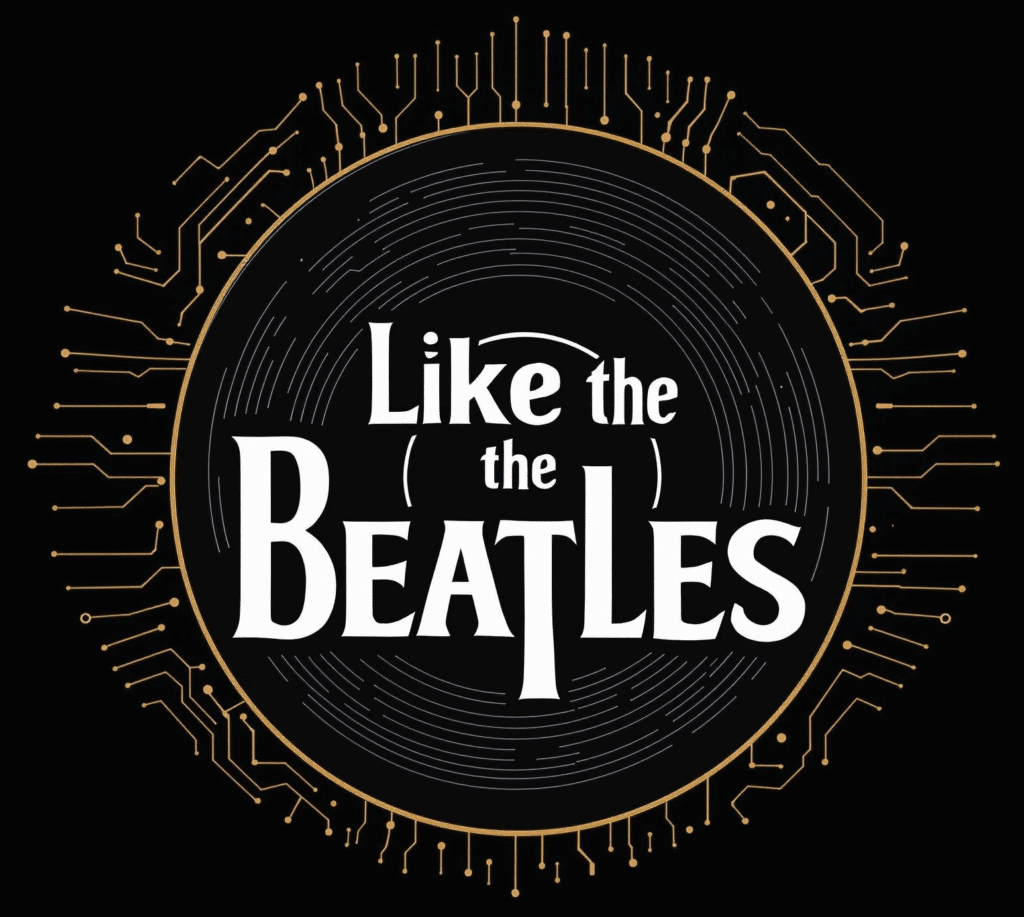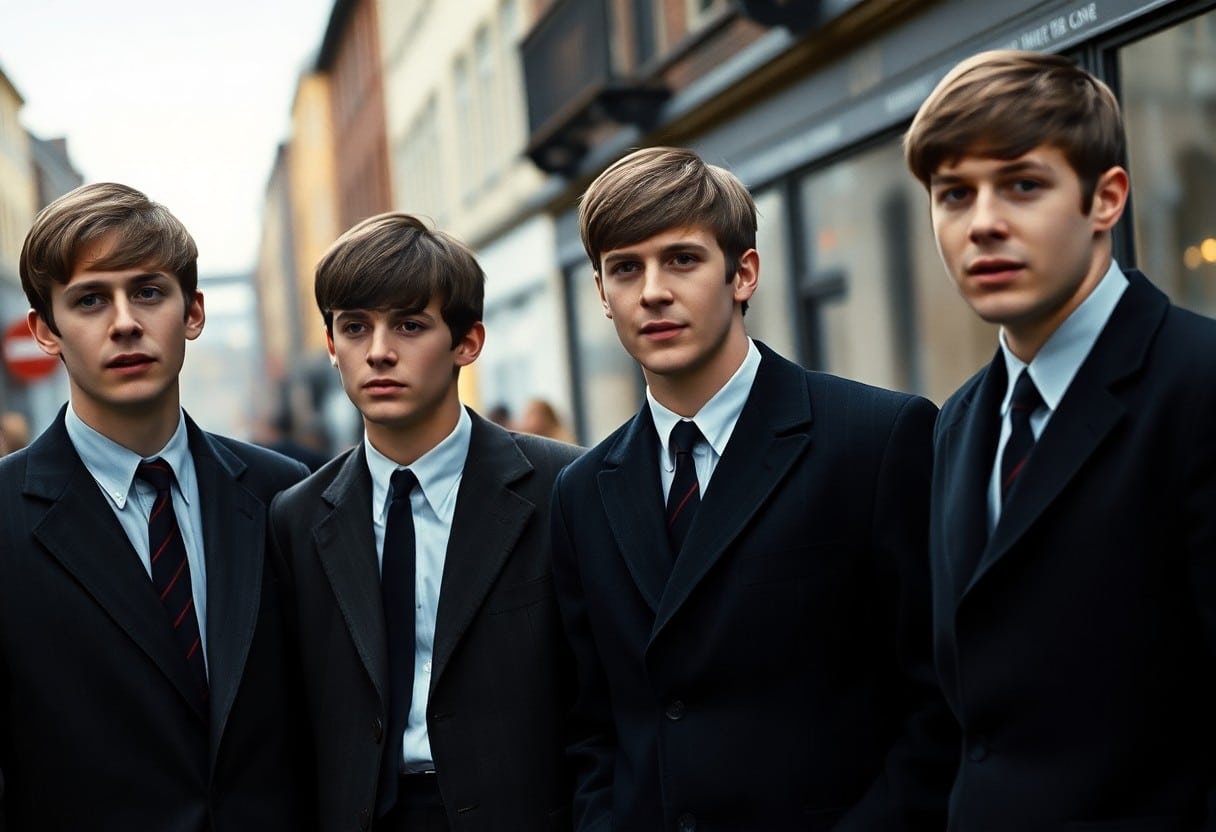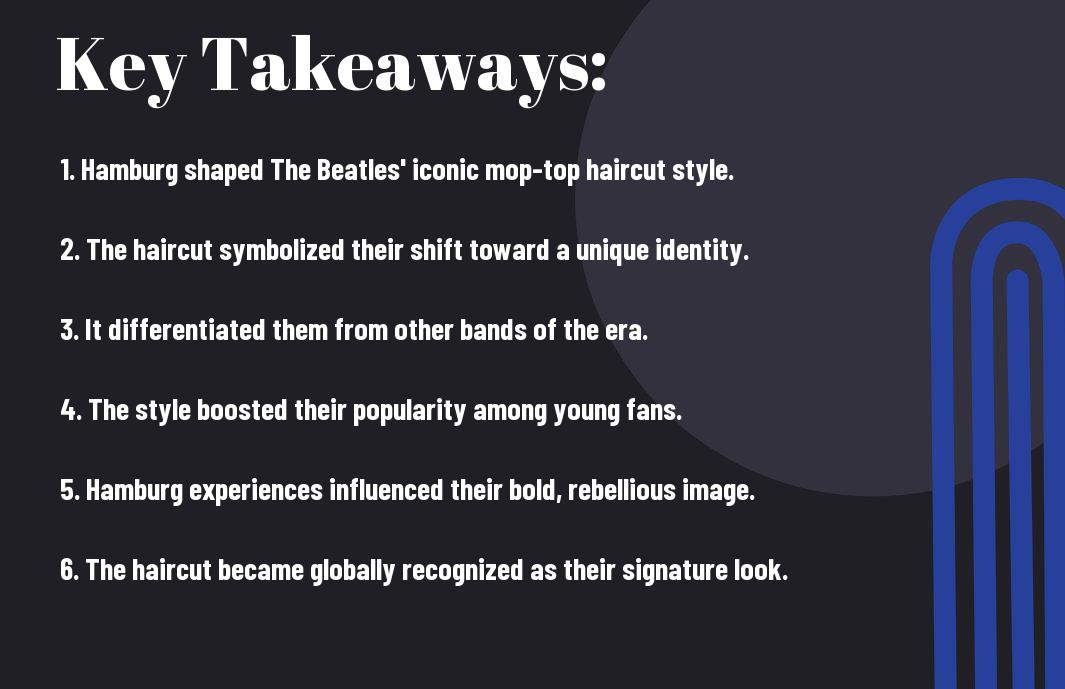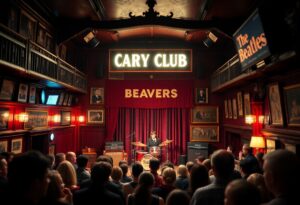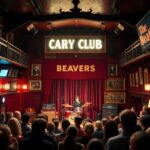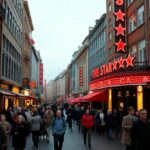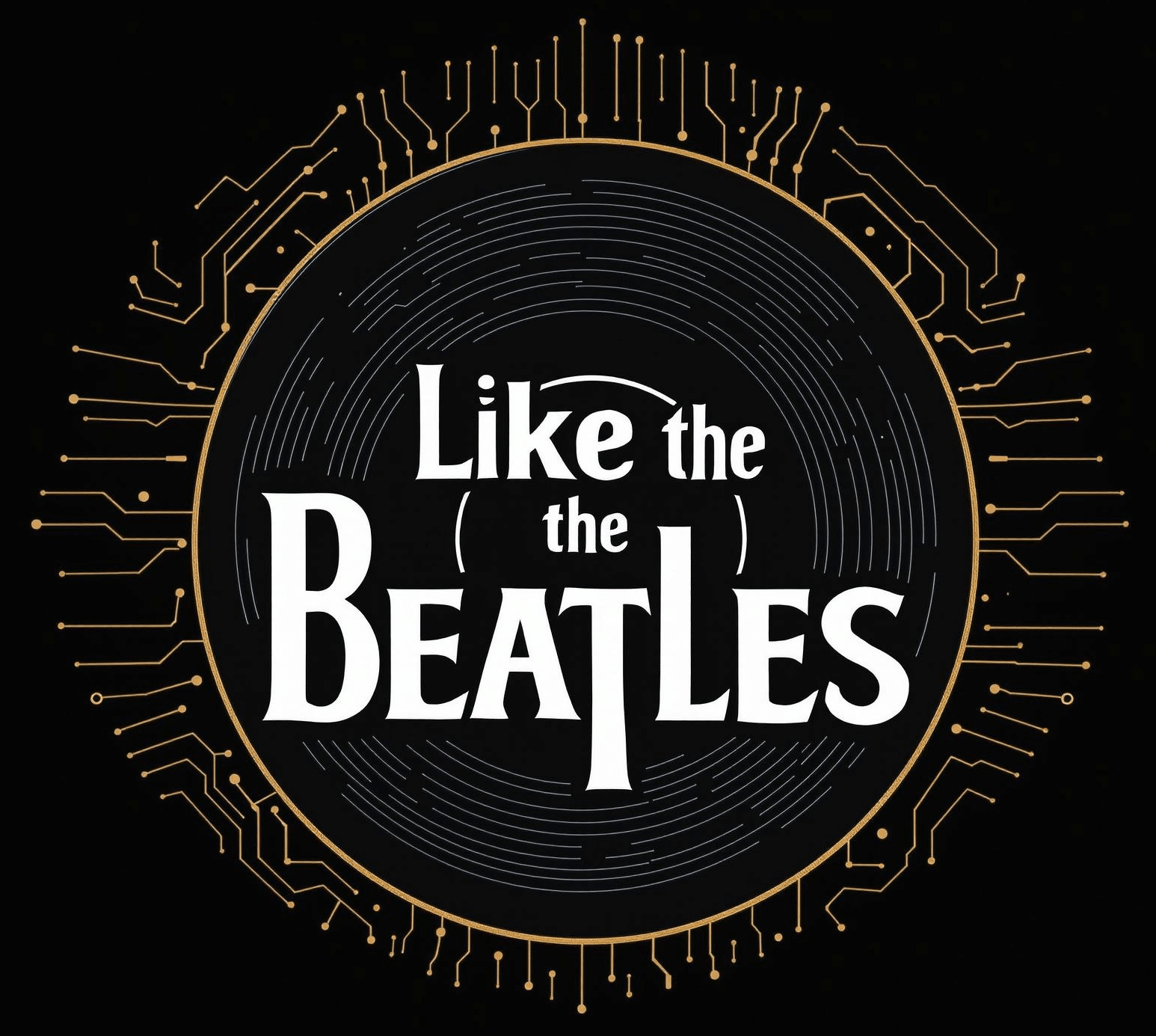You might be surprised to discover the story behind The Beatles’ iconic haircut, which traces back to their time in Hamburg, Germany. During their early years, I learned that they adopted a distinctive style that not only set them apart from other bands but also laid the foundation for their lasting fame. The simple, yet striking cut became emblematic of youth culture in the 1960s and remains a symbol of their legacy. Let’s explore how this seemingly trivial aspect of their image played a vital role in captivating audiences around the world.
The Origins of The Beatles’ Hamburg Haircut
The Beatles’ Hamburg haircut emerged during their formative years in the early 1960s, when they played countless gigs at the famous clubs in Hamburg, Germany. This bold style was a significant departure from the traditional looks of the time, reflecting their youthful rebellion and desire for a unique identity. As they honed their sound and stage presence in the vibrant nightlife of Hamburg, their hairstyle became emblematic of their burgeoning fame and distinct persona, paving the way for their future success.
Early Influences on Their Style
Haircut trends of the time played a vital role in shaping The Beatles’ image, as they were influenced by various music and cultural movements. Borrowing ideas from iconic figures such as Buddy Holly and Elvis Presley, they incorporated elements of rock ‘n’ roll and skiffle into their hairstyles. This amalgamation helped them carve out a distinctive look that resonated with fans and set them apart from other bands of the era.
The Role of Hamburg in Shaping Their Image
Their time in Hamburg was instrumental in developing their signature haircut, as the city served as a melting pot of cultural influences and styles. Late nights in smoky clubs and performances in front of enthusiastic crowds sharpened their musical skills and shaped their public image. The gritty, edgy atmosphere of Hamburg encouraged them to embrace a style that was distinctively theirs, leading to the iconic mop-top look that would ultimately symbolize their creativity and innovation in the music world.
Considering the vibrant arts scene in Hamburg, it’s clear how the city played a pivotal role in molding their image. The nightlife buzz and exposure to various fashion trends meant that The Beatles were constantly evolving. The audience’s enthusiastic reception of this edgy appearance, paired with their unique sound, created a powerful synergy. It was here, amidst the energy of the city’s clubs, that The Beatles discovered their artistic voice—both musically and through their iconic hairstyle, laying the groundwork for their later international fame.
The Transition to Fame
Some might say that The Beatles’ transition from local band to international sensation was marked by their unique style, with their distinctive Hamburg haircut becoming a symbol of their rising fame. As they captivated audiences across the UK, their look began to set them apart from other groups, showcasing their artistic identity and making them recognizable to fans eager for new music and trends.
The Haircut’s Impact During Their Rise
Rise to fame for The Beatles was undoubtedly linked to their Hamburg haircut, which resonated with young fans and defined a generation. This style not only helped create their image as a rebellious band but also symbolized the spirit of the 1960s youth culture, allowing them to stand out during their rise to stardom.
Media and Public Reception
Above all, their haircut captured the attention of the media, sparking conversations about their image and influence on popular culture. Journalists and fans alike were intrigued by this fresh aesthetic, which added to The Beatles’ allure and public persona.
Hence, the media’s enthusiastic coverage of The Beatles’ haircut significantly contributed to their popularity. The press often made headlines by discussing their looks, labeling them as ‘mop-tops’ while portraying the band as trendsetters. This sparked both admiration and criticism, as some conservative circles deemed their style as too radical, potentially damaging to societal norms. Nevertheless, the haircut became a deliberate icon of youth liberation, enabling fans to not only connect with the band on a musical level but also embrace their fashion choices. This bold appeal ultimately solidified The Beatles as a transformative force in both music and style.
Cultural Significance of the Haircut
Keep in mind that The Beatles’ Hamburg haircut transcended mere aesthetics; it represented a pivotal moment in cultural history. This hairstyle not only set them apart from their contemporaries but also symbolized a shift in social attitudes towards youth, fashion, and identity. As they gained popularity, their haircut began to reflect broader cultural movements, capturing the spirit of a generation eager for change and self-expression.
Influence on Fashion Trends
Above all, The Beatles’ hairstyle became a defining feature of their image, influencing countless fashion trends in the 1960s and beyond. Young people began to emulate their look, with the distinctive mop-top hairstyle becoming a fashionable statement of individuality and modernity. Fashionistas and everyday fans alike sought to emulate the band’s vibe, demonstrating how a simple haircut could reshape the landscape of popular culture.
Symbol of Rebellion and Youth Culture
Trends often reflect the sentiments of the time, and The Beatles’ Hamburg haircut was no exception. It epitomized a break from traditional norms, making a bold statement about youth empowerment and freedom of expression. In an era defined by social change and upheaval, this particular hairstyle resonated with the values of the burgeoning youth culture, encouraging young people to assert their identities and challenge societal expectations.
Cultural shifts often redefine standards, and The Beatles’ haircut served as a powerful symbol of rebellion during a transformative decade. In a time ripe with political upheaval and cultural revolution, this hairstyle became emblematic of the growing desire for independence among youth. By embracing their unique look, The Beatles inspired a generation to push back against the conventional norms, join in the celebration of individuality, and foster a connection through shared ideals of self-discovery and defiance. The impact of this hairstyle went far beyond aesthetics; it became a vehicle for social change and the voice of a generation.
The Beatles’ Individual Styles Post-Hamburg
For The Beatles, the Hamburg era not only solidified their sound but also shaped their personal styles, allowing each member to express his identity. As they transitioned into worldwide fame, their individual looks began to emerge, reflecting their distinct personalities and evolving artistry. From John’s more avant-garde approach to George’s spiritual and minimalist influences, it became clear that their hairstyles were as much a part of their image as their music.
Variations in Haircuts Over Time
After the Hamburg days, you could see The Beatles starting to play with their looks. Each member experimented with variations of the iconic *mop-top* haircut, adding layers, different lengths, and even color changes. As they moved through the psychedelic phase in the late ’60s, their hair became longer and more adventurous, embodying the cultural shifts of the era.
Personal Statements Through Hair
Among The Beatles, hair became a medium for personal expression and took on a new significance as their fame grew. Each member’s hairstyle was a reflection of their individuality, with John often sporting a more rebellious aesthetic while Paul favored a polished look. George embraced a more natural style as he examined into spirituality, while Ringo’s playful waves represented his fun-loving nature.
In addition to their musical evolution, The Beatles’ hairstyles communicated their values, beliefs, and personal journeys. By changing their hair, they challenged societal norms and embraced a spirit of freedom and creativity. Given their immense influence, I believe it’s clear how their hair became a canvas for cultural commentary. In a world eager for self-expression, their bold hairstyles were a powerful statement about individuality and artistic growth, resonating with fans across generations.
The Enduring Legacy of the Hamburg Haircut
Your understanding of the Hamburg haircut’s significance reveals its far-reaching influence, not just on The Beatles, but on generations of musicians and fans alike. This iconic look transcended time and geography, embodying the spirit of rebellion, youth, and creativity. Its impact is palpable, inspiring countless artists and shaping cultural identity in the realms of music and fashion well beyond the 1960s.
Lasting Impact on Music and Fashion
One cannot overlook how the Hamburg haircut revolutionized music and fashion during the 1960s. It symbolized a break from conventional styles, allowing artists like The Beatles to embrace a new, relatable image that resonated with the youth of the time. This shift not only helped define the era’s musical landscape but also encouraged fans to express themselves through their hairstyles, creating a widespread trend that continues to inspire artists today.
Modern References and Revivals
Fashion has seen various revivals of the Hamburg haircut, showcasing its enduring appeal. It often appears in contemporary shows, music videos, and fashion runways, highlighting how this iconic style has been embraced by new generations. From indie bands to pop stars, the influence of The Beatles’ hairstyle serves as a nostalgic nod and a potent reminder of the power of artistic expression.
Legacy is the heartbeat of the Hamburg haircut, forever etched in the fabric of music and fashion. Its remarkable revival in modern culture illustrates how this style has transcended its original context, influencing artists and fans alike. Today, you can spot the Hamburg haircut not just on musicians but on everyday individuals who draw inspiration from its rebellious spirit. The style represents a harmonious blend of history and modernity, ensuring that its legacy will continue to inspire new generations seeking to make their mark.
Haircut as a Brand Identity
After my exploration of The Beatles in Hamburg, I realized how their iconic haircut evolved into a powerful brand identity. This signature style not only set them apart visually but also became a symbol of the cultural revolution of the 1960s. The unique, mop-top look was an effortless way for The Beatles to project their youthful rebellion and creativity, establishing a strong connection with their fans that would last for decades.
The Beatles’ Manager and Branding Decisions
Beside their musical talents, I found that The Beatles’ manager, Brian Epstein, played a significant role in shaping their image. By recognizing the potential of their haircut as a branding tool, he orchestrated a complete revamp of their public persona. Epstein understood that a distinct visual identity would resonate with audiences, fulfilling the need for a cohesive image that supported their artistic output.
Merchandising and Iconography
Identity matters in the world of music, and The Beatles are a perfect example. Their haircut not only defined their style but also became a primary element in their merchandising. I observed how the mop-top look appeared on countless products, from dolls to posters, fueling their popularity even further. This visual representation aligned perfectly with the ethos of the band, creating an iconography that fans could instantly associate with The Beatles’ music and worldview.
To examine deeper into this fascinating aspect, I discovered that the power of their haircut went beyond mere aesthetics. The merchandising opportunities generated by their look allowed them to expand their reach and maintain relevance in an ever-changing market. As fans embraced the mop-top, it became an enduring symbol of youth culture and rebellion, transforming them from a local band to a global phenomenon. This focus on iconography paved the way for future artists to understand the impact of branding in the music industry.
To wrap up
Ultimately, I believe that The Beatles’ Hamburg haircut transcended mere fashion, becoming an emblem of their revolutionary spirit. This style not only defined their identity as artists but also reflected the broader cultural shifts of the 1960s. As I see it, embracing this iconic look was a bold statement of individuality, inspiring countless fans and musicians alike. Your understanding of this transformative period in music history is incomplete without recognizing the symbolic significance of their haircut, which truly became a staple of their timeless legacy.
